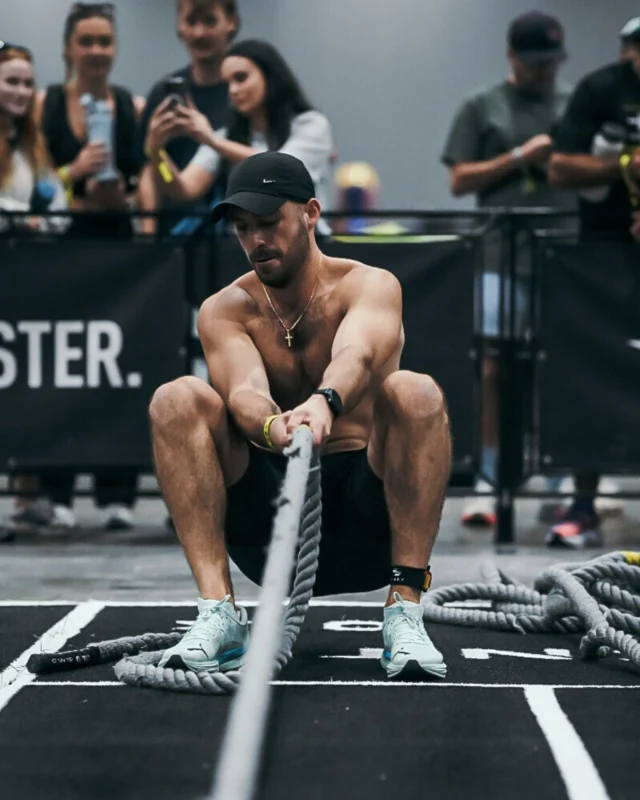Following on from my blog My Posture Assessment…
This is Week 2 of my 6 week Pilates challenge! Let’s have a look at my Mobility now:
As Physios, when we ask you to move your head to look down, up and over your shoulder we are looking for a few things:
Right versus Left
Do both sides look the same when you move? Do the muscles allow you to go the same distance in each direction? Or do you feel pain or pulling either on the same side or opposite side? All these things can indicate a specific joint issue, or that a particular muscle group is limiting the movement.
Compensatory Movements
Sometimes when there is muscle tightness or joint restriction we may see slight alterations in the movement patterns. The shoulder is a perfect example of this, as when the chest muscles become shortened, it rounds the shoulders forward stretching out the back muscles that normally work to stabilise the shoulder blade. When this happens it alters the shoulders starting position, changing the way it moves when your arm lifts up, and can sometimes lead to shoulder impingement.
Spinal Mobility
Each part of the spine has a different job to do, some have to provide stability and others mobility. A problem can occur when an imbalance occurs between these, in other words, when one part of your spine becomes too stiff (from sitting for long period without changing position) another part starts to move more. So when you are tipping your head forwards, we would expect to see movement at each of the vertebral levels. Commonly you see that the upper vertebrae of the neck move easily while the lower cervical/upper thoracic vertebrae have stiffened try and provide a stable base for the neck.
 I definitely need to work on spinal mobility. When I tip my neck forwards, my vertebrae at the point where my neck meets my upper back hinges. Short term this isn’t problem, but long term it can contribute to headaches, shoulder pain and possible nerve injuries. So I am going to keep doing my spinal mobility work, like my bridges and foam roller exercises (See Week 1), but this week I have started adding exercises to strengthen the muscles in-between the shoulder blades.
I definitely need to work on spinal mobility. When I tip my neck forwards, my vertebrae at the point where my neck meets my upper back hinges. Short term this isn’t problem, but long term it can contribute to headaches, shoulder pain and possible nerve injuries. So I am going to keep doing my spinal mobility work, like my bridges and foam roller exercises (See Week 1), but this week I have started adding exercises to strengthen the muscles in-between the shoulder blades.
If you would like to get started on improving your posture book in today at Bend + Mend Physio in Sydney’s CBD. I (Kirsty) would be happy to take you through your own programme.





